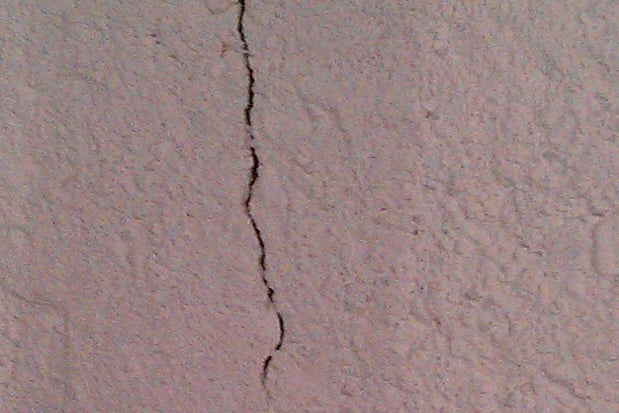 Foundation repair is critical to address as soon as you suspect a problem. For starters, the sooner you fix a failing foundation, the less damage it will cause. The second reason is directly related to the first. A settling, shifting, or failing foundation can cause major structural damage to your home, and the longer you put off fixing the problem, the worse that damage is going to be. Consult our True Cost Guide for the national average cost of raising a house.
Foundation repair is critical to address as soon as you suspect a problem. For starters, the sooner you fix a failing foundation, the less damage it will cause. The second reason is directly related to the first. A settling, shifting, or failing foundation can cause major structural damage to your home, and the longer you put off fixing the problem, the worse that damage is going to be. Consult our True Cost Guide for the national average cost of raising a house.
Signs That You’ve Got a Problem
The worst part about foundation problems is that they don’t reveal themselves overnight. Instead, your foundation settles, shifts or fails little by little, exposing signs along the way that most homeowners overlook. Since addressing problems early is the key to minimizing damage, it’s important to know what to look for. Keep an eye out for these telltale signs if you suspect a costly foundation repair project may be in your future.
- Misaligned exterior doors, windows and garage doors
- Cracks in brick, stonework or the foundation itself
- Interior doors stick or don’t fit their jambs any longer
- Cracks in interior sheet rock
- Cracks in floors
- Bulging floors
Call in an Engineer
Once you suspect that you may be in need of a foundation repair, the first step is to hire a structural engineer to assess the damage and develop a plan to correct the problem. They will identify what is causing your foundation to fail, after which you can call in a repair company to take necessary measures to save your home.
Ready to start your Foundation Repair?
Find ProsSlabjacking and Piering
Slab jacking and piering are the two most proven forms of foundation repair on the market. In slabjacking, your contractor will pump a cement grout underneath the failing concrete slab or foundation in order to raise it up to its original level and provide it with a better sub-surface to set on. If your problems are more severe, piering may be in order. In piering, hydraulic jacks, or “piers” are drilled into the ground below your foundation until more stable soil is reached, then the jacks are set and raised to provide your home with the support it needs.
All in the Comfort of Your Own Home
About the only good news you’ll hear if your foundation is in need of repair is that technology has advanced to the point where you’ll most likely be able to stay in your home and go about your normal life for the duration of the project. This is a huge improvement over just a few years ago, when buildings needed to be vacated to fix the problem. You’ll still have to deal with the hustle and bustle of a work crew and some heavy machinery operating in your backyard, but it’s a whole lot better than living out of a hotel or sleeping on the neighbors couch until the job gets done.
Preventative Measures
On a final note, be sure to ask your structural engineer or foundation professional what caused the problem. Uneven distribution of moisture in the subsoil is usually the culprit, resulting in the settling and shifting that tears a home apart. This can be caused by poor lot drainage and insufficient or poorly installed gutters, either of which will need to be addressed if you don’t want your foundation problems to reappear. Regardless of what caused your problem, make sure to address it as soon as possible. The sooner you face up to your foundation repair needs, the better off your home, and your pocket book, are going to be.
 Going Green: Foundation, Retaining Walls & Waterproofing
Going Green: Foundation, Retaining Walls & Waterproofing 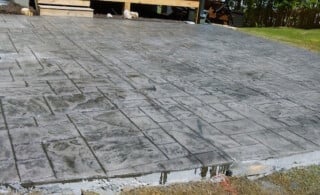 How to Spot & Repair a Sinking Foundation
How to Spot & Repair a Sinking Foundation 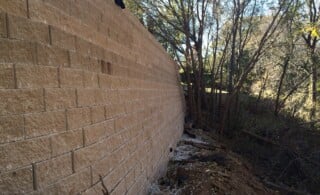 Repairing a Cinderblock Foundation – Common Issues
Repairing a Cinderblock Foundation – Common Issues 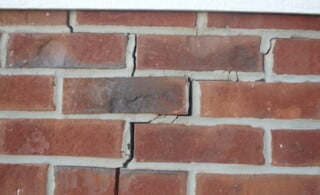 Cracked Foundation
Cracked Foundation 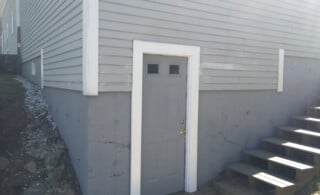 Sealing a Foundation
Sealing a Foundation 

Are You Familiar With This Topic? Share Your Experience.